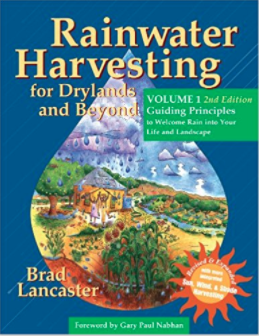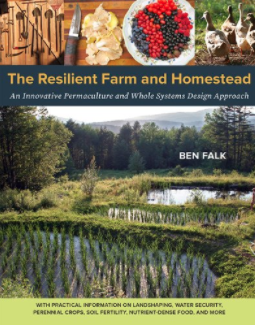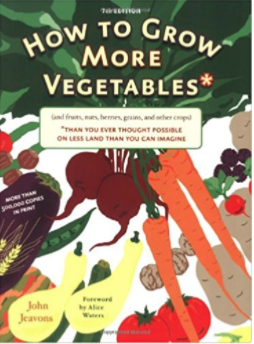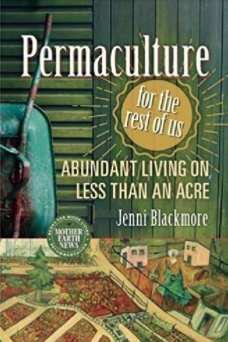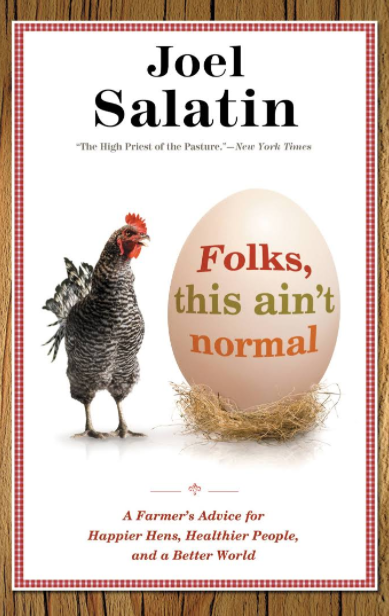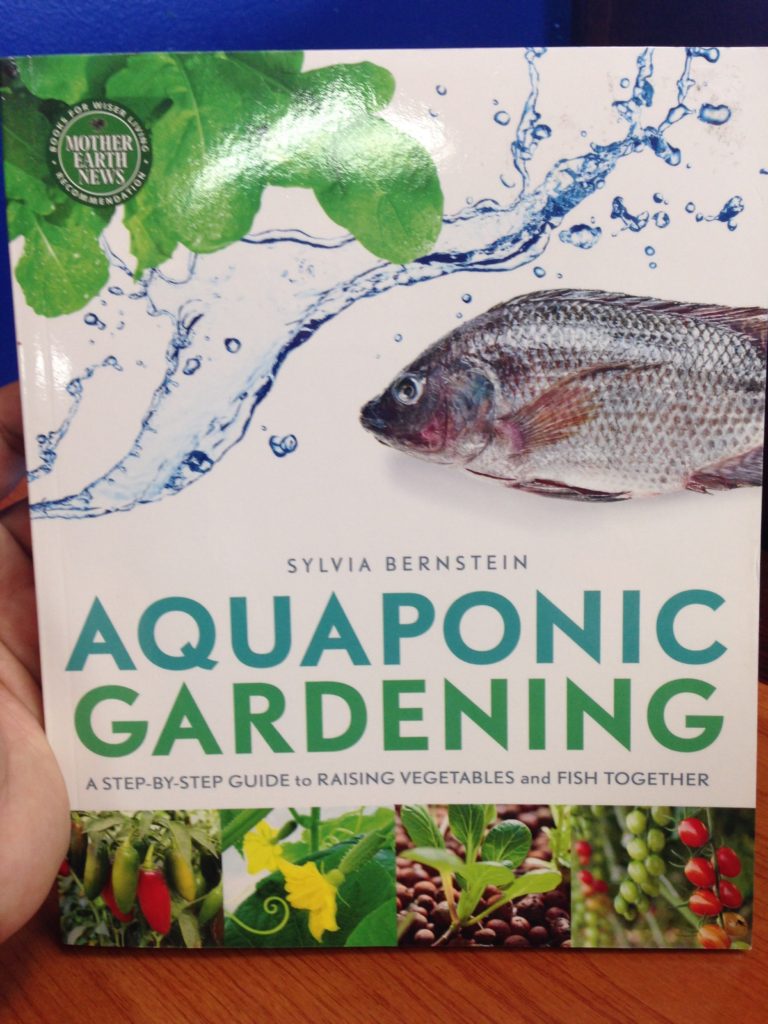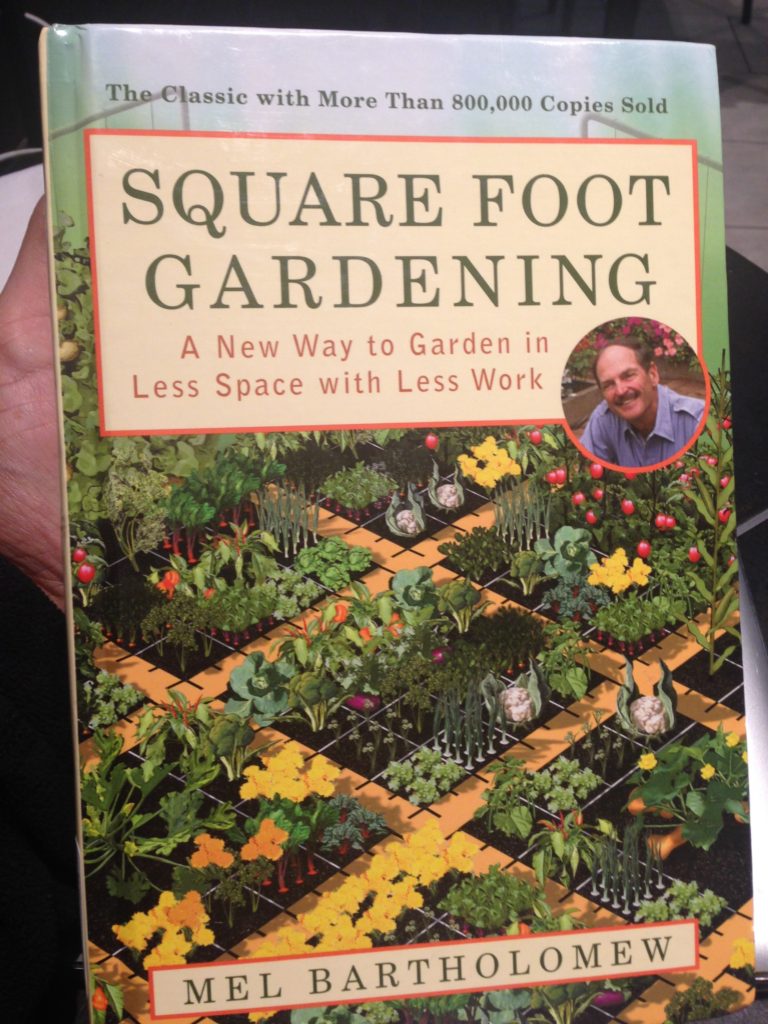Rainwater Harvesting, Vol 1 by Brad Lancaster
Eight Principles of Rainwater Harvesting Begin with long and thoughtful observation: Notice what’s working and what’s not. Start at the top of your watershed and work your way down: Collect water at the top, and then let gravity drive your water distribution downhill to meet your needs. Start small and simple: Strategies are easier to…
